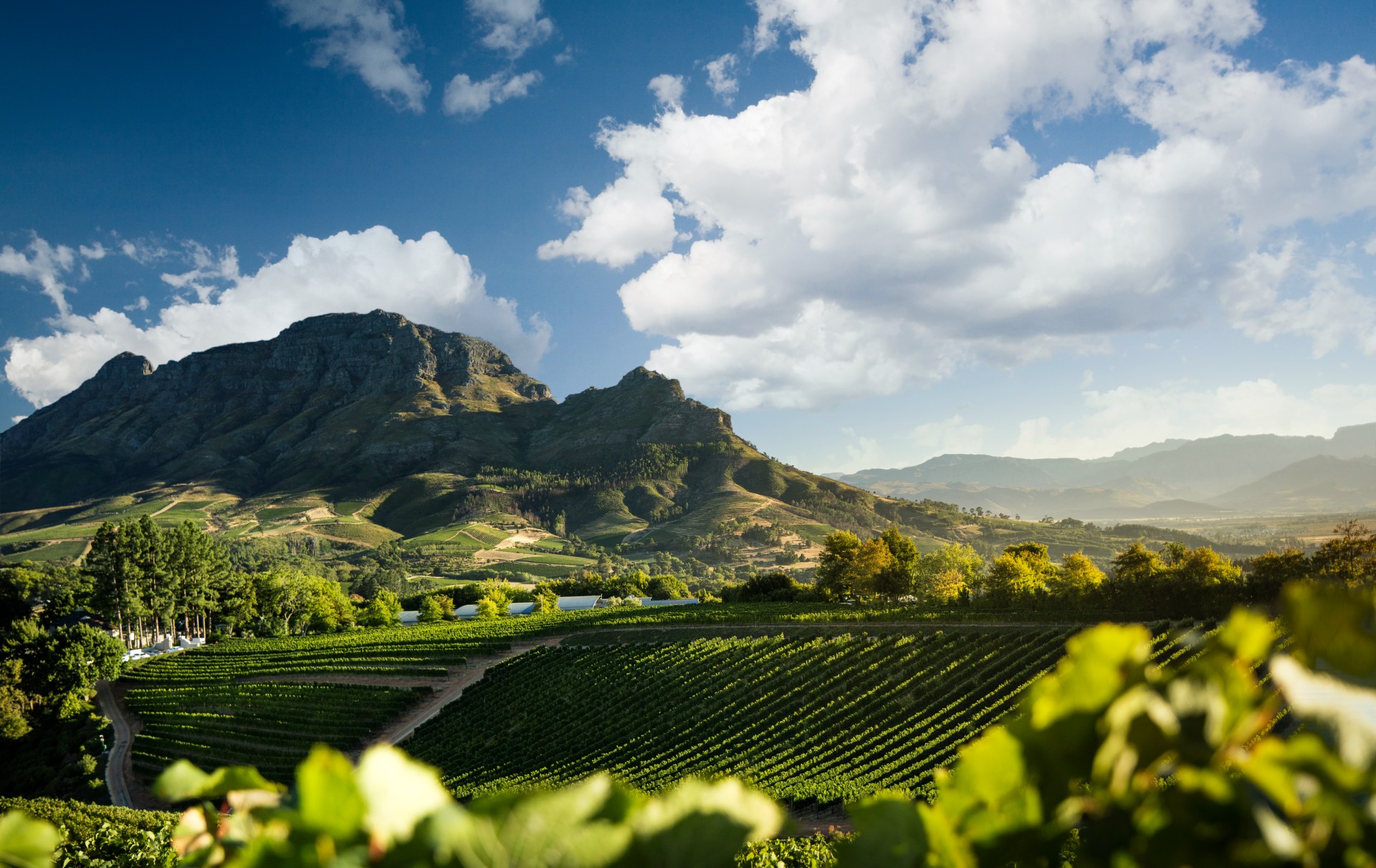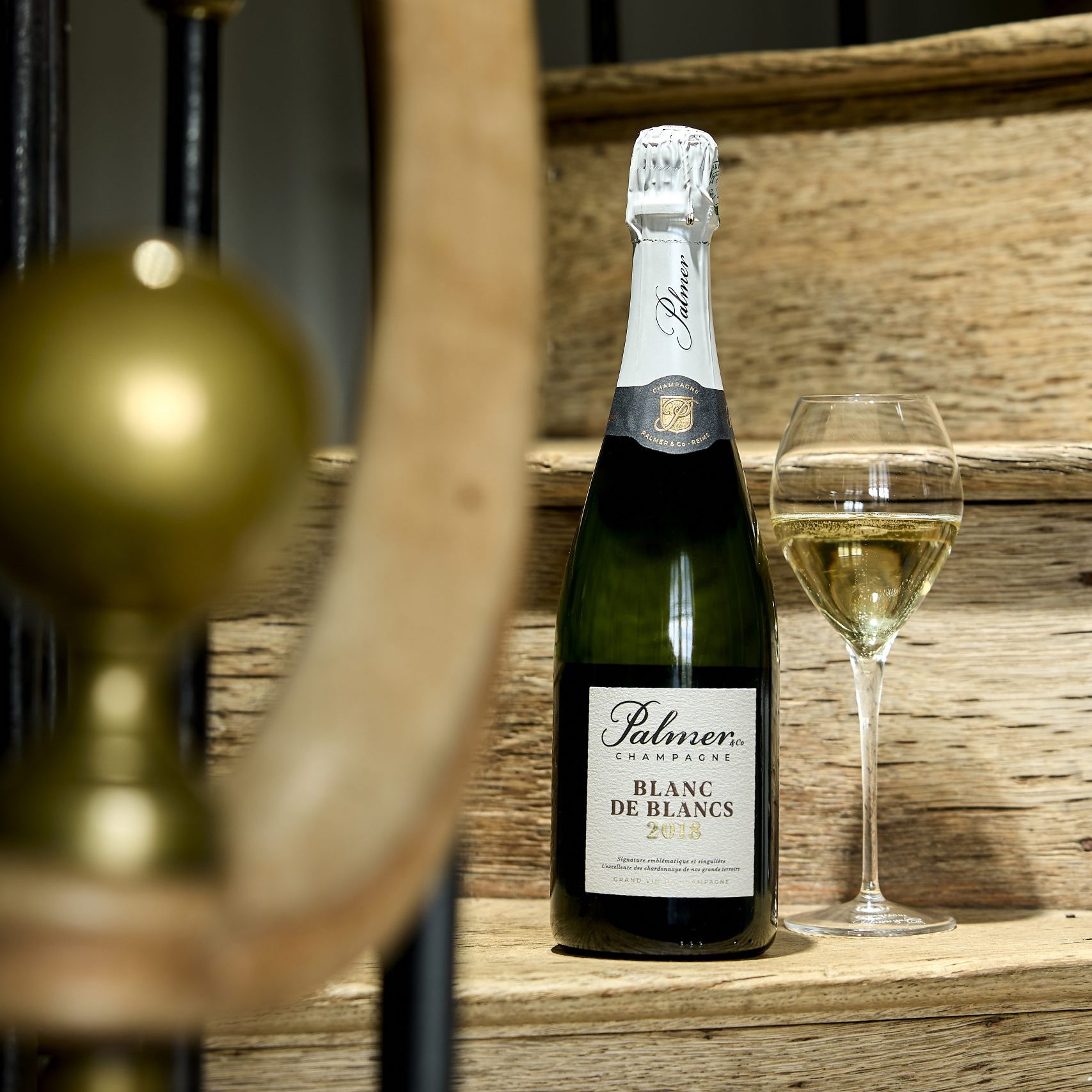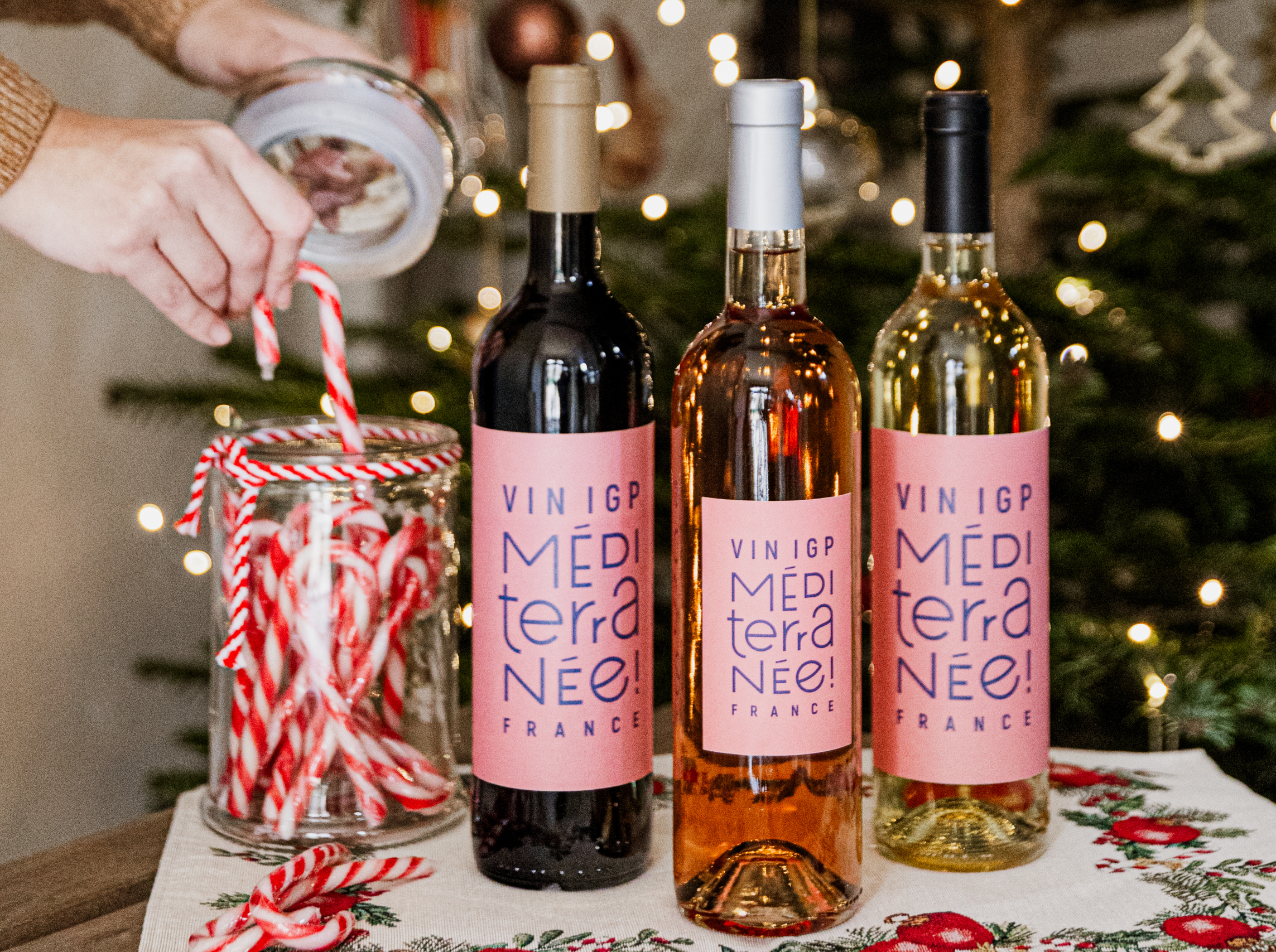MARKETING US SPIRITS – A Grey Area
By screening commercials for Grey Goose vodka, CNN has become the first national cable television news channel to screen spirits ads in the US. Is spirits advertising about to take flight in the land of the free? asks Jon Rees
It is a peculiarity of the American media that advertising hard liquor on national network television is simply taboo – but this may be about to change.
In March, CNN, the news network owned by Time Warner, became the first national cable television news channel to accept a commercial for spirits, in this case for the vodka brand Grey Goose, owned by Bacardi. It is the first time since CNN began operating in 1980 that it has taken spirits advertising, though in doing so it is following the lead of local cable television stations across the US.
Indeed, according to the trade body the Distilled Spirits Council, there were over 600 local television stations carrying spirits advertising in the US last year compared with just 60 in 2002, as well as two dozen national cable networks and hundreds of local cable systems.
Where the cable channels lead, the national broadcast networks may soon feel obliged to follow. At the moment, the national networks – ABC, CBS, Fox and NBC, i.e. the stations which reach all US viewers – will not run commercials for spirits at all. They feel, with some justification, that they are held to different, some would say higher, standards than their smaller television rivals.
Of course, the US places various restrictions on the sale and marketing of alcohol, most notably the ban on its sale to those under 21 years of age. The public health lobby, the anti-drink lobby and the memory of Prohibition all have their place in explaining the country’s unique attitude to consuming strong drink.
It was because of this mindset that the national television networks eschewed the notion of advertising liquor for so long. There was an attempt to test the water, so to speak, back in December 2001, when NBC ran a series of commercials sponsored by Smirnoff and various other brands from the British company, Diageo. The ads promoted the idea of designating someone to be the driver among groups of friends going out for the evening and having a drink.
Innocent enough, one might think, but such was the outcry that NBC pulled the ads very quickly and no national broadcast network has done anything like it since. In fact, NBC was planning to show ads for Diageo’s spirits brands a few months after that, as part of the same campaign, but such was the level of opprobrium it drew that it canned the commercials without airing them.
Critical bodies
The critics include bodies like the powerful American Medical Association and the Center for Science in the Public Interest, which complain that allowing drinks companies access to national television will inevitably mean that younger viewers will be exposed to the commercials which they say glamourise drinking.
For its part, CNN will only run commercials for spirits after 9pm and each ad will have to include a message that promotes sensible drinking. The station says it has been thinking about running liquor ads for some time, and now it feels the time is right.
CNN makes light of it being the first national news network to show spirits ads, noting instead that it considers the entire television marketplace to be its competition, not just news providers.
Partner Content
To assuage its critics who are worried about television advertising reaching underage drinkers, CNN points out that the audience for cable news channels is concentrated in the 25-54 year-old age group.
Big spenders
Spirits advertising is, of course, a potentially lucrative source of revenue for television stations and CNN is, perhaps, more aware of this than most. After all, the battle between cable news providers is one of the most intense in the US television market, and CNN recently lost its poll position in the ratings to Rupert Murdoch’s Fox News Channel, though it claims its viewers are more affluent and better educated, which are just the kind of viewers advertisers like most.
For its part, Fox News Channel has never taken spirits advertising and says it has no desire to do so now. However, the climate around the issue has changed in recent years and one day Fox may change with it.
Drinks companies have always been restricted in the amount of advertising they can do and so have ploughed money into other forms of marketing, like public relations and sponsorship. But though network television still prohibits spirits ads, the drinks companies have spent about US$100 million on television advertising of one kind or another over the past year. The big firms have been increasing their spend steadily, with Diageo, for instance, spending about US$150m annually, up by almost a third from the start of the new millennium. About half of that budget went on television advertising, and Diageo’s rivals, like Brown-Forman, are making similar decisions with their marketing money. In fact, Brown-Forman spent about US$27m on advertising just one of its brands, Jack Daniel’s, last year with about a third of that going on television advertising. Other brands being advertised on television include Absolut vodka, Baileys liqueur, Jim Beam bourbon and Captain Morgan rum.
There have been other changes, too, in the drinks business, like the increasing number of states which allow liquor sales on Sunday. Meanwhile, Nascar racing, the US equivalent to Formula One, has lifted its ban on sponsorship of cars by spirits makers, and among those sponsoring cars are Brown-Forman and Diageo.
The increase in advertising certainly seems to be fuelling a boom in sales, with total US spirits sales last year amounting to nearly US$15 billion, up 12% on two years ago, while total case sales were up 7% in two years to 164m. This is the first time that case sales have been up by more than 3% in two successive years since the 1980s.
Proceed with caution
Nevertheless, the drinks companies and the television companies are still being relatively cautious. All the commercials for the very upmarket, i.e. expensive, Grey Goose vodka carry a message about drinking responsibly, while a certain number of spots for the commercials will be devoted entirely to that message.
The wry barman who features in the commercials for Grey Goose, though, may yet become a figure of historic significance if he leads the way for drinks companies onto national network television in the US for the first time.
© db April 2005




